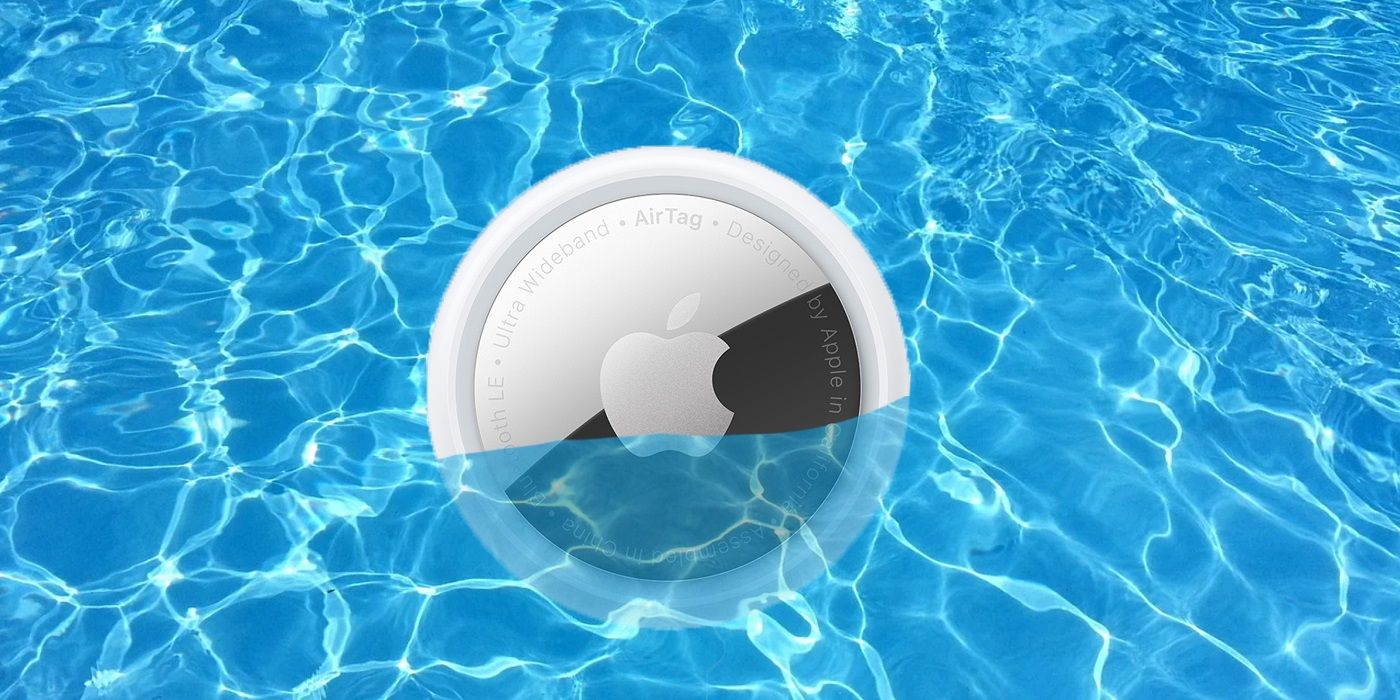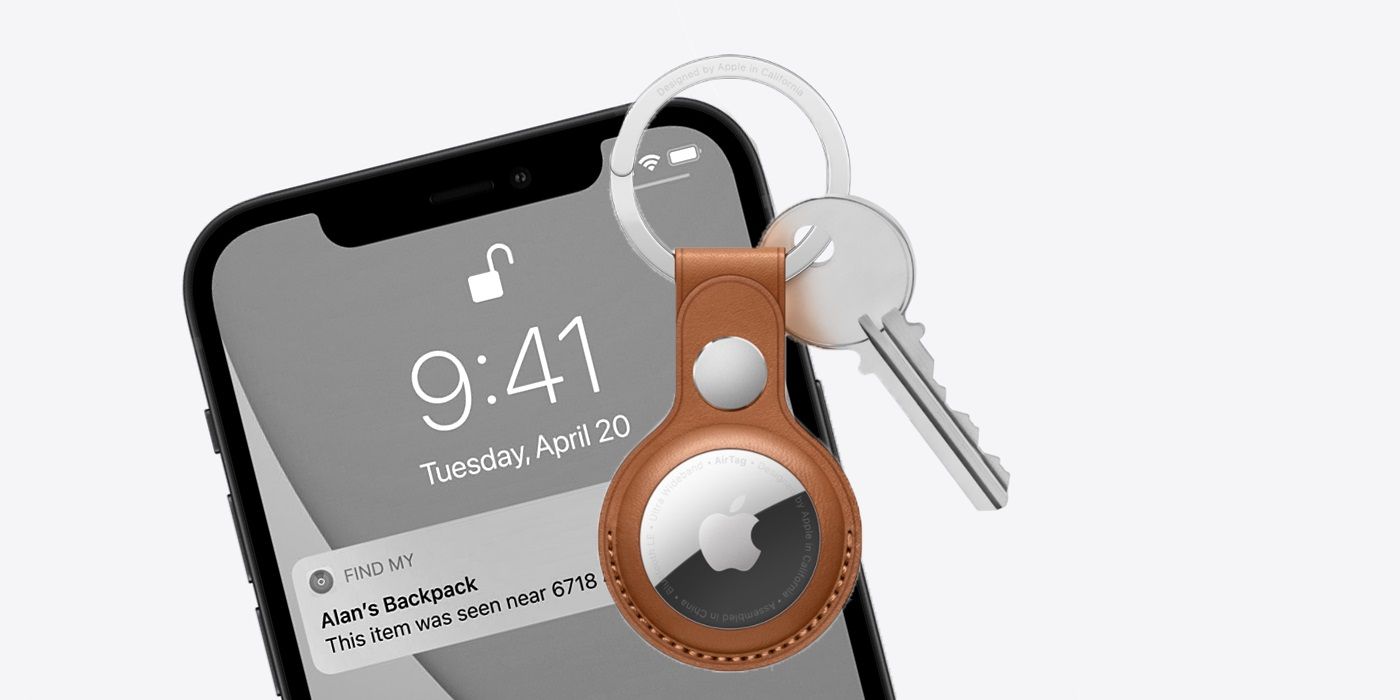Considering Apple’s AirTag can be attached to and track almost anything, does that mean it can also survive plunges in water? The short answer is, yes, to a degree. As is the case with any device, understanding the IP rating and limitations can help to ensure the device works as expected, and lasts as long as possible before needing to be replaced. This is all the more important with AirTag, considering its purpose is to keep track of other valuables.
AirTag provides those invested in Apple’s ecosystem with an easy way to track their belongings. Whether it is their keys, backpack, or anything else, once attached, the AirTag itself becomes an item that can be tracked. This then allows an iPhone user to quickly and easily monitor their belongings through Apple's Find My network, and even receive accurate distance and direction information when the item is lost.
Whether an item is lost, or something that’s more likely to encounter water in general, there is the issue of whether an AirTag can withstand being in water. Overall, AirTag comes with an IP67 rating, making it as dust and splash-resistance as the iPhone SE. Essentially, this means the item tracker can withstand submersion in water, but only up to a maximum depth of one meter and for no longer than thirty minutes. Of course, while the AirTag does come with some level of protection, that doesn’t mean the item it is attached to will equally survive a water encounter.
Water Resistance Not The Same As Waterproof
Although AirTag is rated as splash, water, and dust-resistant, that doesn’t mean the item tracker should actively be used in situations that are more likely to include dust and water. These ratings are there to provide information for when incidents happen, not as a general rule for dusty or water-based environments. Not to mention, these IP ratings are not something that will necessarily always remain the same. As devices age, their tendency to be protected against dust and water diminishes. This is even more likely for devices that are used frequently, resulting in a greater level of wear and tear.
Overall, those buying an AirTag should not automatically count on its water resistance as something they can take advantage of on a daily basis. Instead, it should be viewed as more of a protection for when water might be encountered. For example, if keys are dropped in the sink or the toilet, then the AirTag will remain functional. Likewise, if a backpack is lost and somehow ends up in water, the AirTag is likely to be fine, so long as it isn’t too deep or for too long. More importantly, the AirTag will remain sufficiently protected to allow the owner to use Apple’s tracking features to locate and retrieve the backpack again.
Source: Apple


